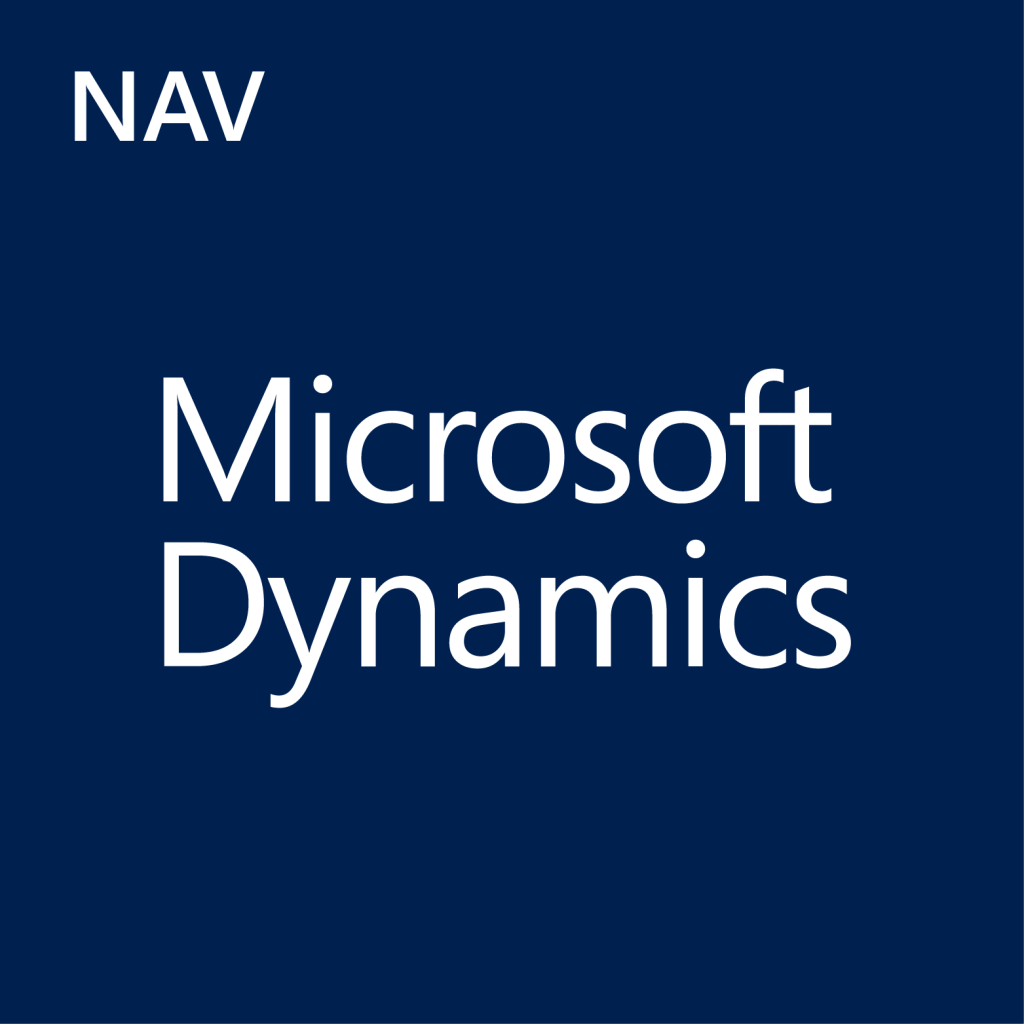 In many versions prior to NAV 2016, technical work had already started on ensuring a high degree of connectivity with the outside world. As a central ERP-system, Microsoft Dynamics NAV has the most modern technical standards, which enable it to exchange data with other systems in real time and to outsource processes unnotelessly for the user to subsystems.
In many versions prior to NAV 2016, technical work had already started on ensuring a high degree of connectivity with the outside world. As a central ERP-system, Microsoft Dynamics NAV has the most modern technical standards, which enable it to exchange data with other systems in real time and to outsource processes unnotelessly for the user to subsystems.
By establishing a higher interoperability with other, above all specialised systems, it is becoming increasingly unimportant to include complex or maintenance-intensive and varying functionality as an individual programming in the ERP-solution. With the so-called Web Service Communication, associated with the XML-based data exchange, it is now possible to design processes synchronically in machine-to-machine communication. This concept has meanwhile become indispensable in many applications in modern ERP-architecture.
Expansion of the Development Environment
For this reason Microsoft is expanding the Integrated Development Environment (IDE) with every version of Dynamics NAV, to implement the design of the application and the process control function effectively with the latest technologies.
Since Dynamics NAV is increasingly positioned by Microsoft in a Cloud Operating Model, it is of greater significance that the solution operated in this way is not optionally individualised, as this will push the supply platforms to their limits. As such, also in the version NAV 2016 a number of innovations were introduced, which essentially target the backgrounds mentioned above.
Developers can now – as in other development environments – also query so-called “events” across the entire system in Dynamics NAV, in order to react in the program code to status changes in other areas of the program. With this technology it is possible to integrate additional functions in the individual processes, without directly modifying the core source code of the standard application. For the user and operator of the ERP-solution, this ultimately means that fewer medium and long-term costs are generated during maintenance work and updates.
Likewise, separated “Apps” can be installed in Dynamics NAV, which do not change the existing object model, although they do have an influence on the data and functional model of the application.
Microsoft not only updates the system “superficially” or in terms of “contents”, but also ensures that current technical requirements can be met. With version 2016, developers and designers are also provided with further high-performance tools to create specific applications, which are of great benefit to them in their day-to-day using.
E-Everything with Microsoft Dynamics NAV 2016
Under the buzzword “E-Everything”, Microsoft bundles the functions that were introduced in Dynamics NAV 2016, and in particular focus on interaction and data exchange with other Systems.
With Microsoft’s CRM system “Dynamics CRM”, a deep level of integration has been established, which provides a bidirectional coupling and therefore enables the use of processes from both systems, without demanding redundant data entries. We present the integration in detail in a separate blog post.
Microsoft is also starting to access the production and delivery of digital invoice documents with the NAV 2016 version. Moreover, it is possible to receive and process purchase invoice documents digitally. These can be received digitally by the supplier as original documents in certain formats or can initially be converted, by means of an OCR system, from a paper document to data, which can in turn be received and processed. We will shortly be examining this function more closely in a further blog post.
Furthermore, in Microsoft Dynamics NAV 2016 it has now become possible to import the exchange rate of different currencies automatically into the system, by means of the standard function. The possible online data sources (e.g. EZB and Yazoo!) can be selected here as required. However, for many NAV users this function is not really new, as it was implemented a long time ago by many partners and is also, in part, a component of payment transaction modules.

